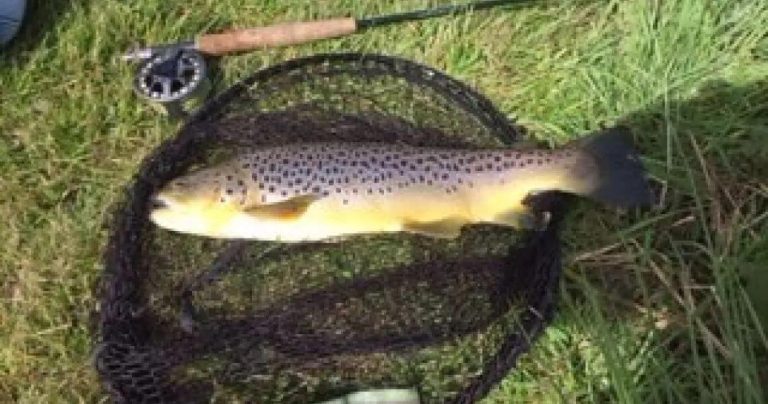
 Knotweed News
Knotweed News
Where are the Wild Bits…?
Author: Mike Clough
Date Posted: Wednesday 19th July 2017

0161 723 2000
8AM to 5PM

Author: Mike Clough
Date Posted: Wednesday 19th July 2017

I was out fishing on my local river the other night, this is for private river members only – no footpath no public access – and I felt pretty much at one with nature.
Beautiful river, mature trees, native shrubs and flora and fauna of the highest order.
Orchids ramble down towards the water’s edge whilst otters have been spotted frolicking on the waters side.
There were mayfly and all sorts of flying insects, there were swallows swooping to catch the fly’s trapped on the water and there were trout sucking these insect in, lazily feeding and making the most of nature’s bounty.
I was casting toward a lovely trout when my eye was caught by some debris in the bottom of the river – just a coke can, bobbing downstream. As I looked closer at the river bed I began to see all sorts of detritus – an old tyre, bottles, tin lid etc. etc. It just made me stop and think about how ‘natural’ the river was – and what is actually ‘wild’ – versus what is just left over after man has used up all the local resources?
I had been fishing quite happily in a beautiful part of the countryside – which i am lucky enough to call home. It is a stunning little village right off a picture postcard – roses climbing over door frames, orchards full of fruit and walkers almost queuing to wander along the public rights of way.
What I tend to forget though is that this is actually an old lead mining village. If you ever get chance to see the old lithographs of what Alport used to look like…. you would be amazed. Smoke, grime, polluted river – basically a heavy industry being ripped out of the bowels of the ground. Mine shafts sinking into the side of the hills, drains built that divert the water away from the river – and wagon loads of lead being slowly dragged around by knackered looking horses on their last legs.
Not the idyllic looking place that it is now.
It makes you realise how clever ‘nature’ is – ‘rewilding’ areas that you would never have considered possible and making new habitats out of poisoned and polluted areas.
There are still mounds down by the river which I’m pretty sure if they were excavated would contain toxic levels of lead and probably arsenic. Yet covering these same mounds are plants which are native and rare – thriving on ground which nothing else will grow….
We need to have a re-think about where our wild and natural areas will survive as we go forward. It’s not going to be the obvious areas that we might immediately think of. As the world gets busier it will be the areas that humans cannot easily get to that will begin to fill with the more interesting vegetation, animals and insects.
Motorway verges, railway lines, powers stations, river corridors with limited access, hedgerows – these will be our wild life havens….provided of course that we don’t let them fill with invasive non-native species.